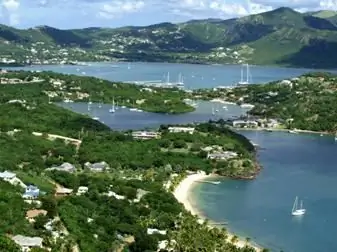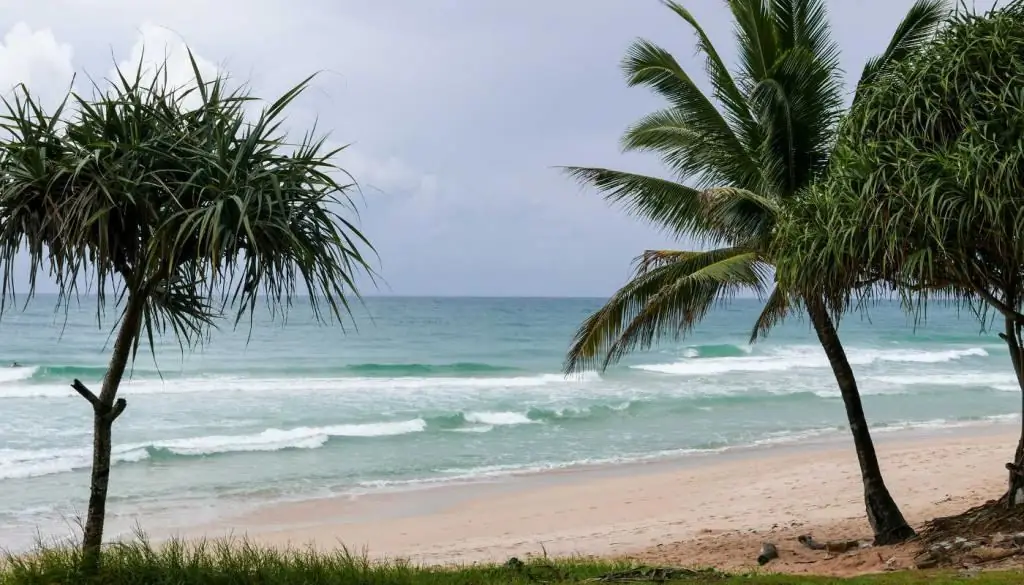- Author Harold Hamphrey [email protected].
- Public 2023-12-17 10:06.
- Last modified 2025-01-24 11:10.
Baku is the capital of Azerbaijan and one of the most beautiful cities in all CIS countries. The population of the metropolis exceeds two million people, which determines the presence of an extensive transport system, the "icing on the cake" of which is the Baku Metro. It celebrated its 50th anniversary last year.

Baku International Transport System
Today, almost all widespread modes of transport are represented in the capital of Azerbaijan. By air, you can get here through the Heydar Aliyev International Airport, which connects the country with the states of Europe and Asia. Baku railway station is the largest in Azerbaijan. Every day, trains leave from it to all parts of the former Soviet Union. There are plans to connect the country with a railway line with Turkey. Baku is also a port on the Caspian Sea. It is through the largest lake in the world that the connection with neighboring Kazakhstan and Turkmenistan takes place. At the moment there are two crossings: Baku-Aktau, Baku-Turkmenbashi.
Soviet history of the Baku Metro
The metro in the capital of Azerbaijan opened in 1967 and became the fifth underground system opened onterritory of the USSR after Moscow, Leningrad, Kyiv and Tbilisi. The construction of a metro in Baku was first considered in the early 1930s, but at first the country's industrial needs, and after the war and devastation, constantly interfered with these plans. The construction of the first stage started only in 1960. Seven years later, on November 25, 1967, the Baku Metro was inaugurated. The first section included more than six kilometers of tracks and five stations: Icheri Sheher, Sahil, May 28, Ganjlik and Nariman Narimanov. This metro line is indicated on the maps in red. The first stopping points of the new underground system are located in the very center of the capital of Azerbaijan.

On April 22, 1968, the Baku Metro received a new station: a 2.24-kilometer section was launched, which became a branch from the May 28 station. The new landing point was named "Shaumyan", and today it is called "Shah Ismail Khatai". Now the trains ran in two directions: in the original direction and in the new one, with a branch to the Shahumyan station.
The next opening of the stations had to wait two years: in May 1970, the “red” line was extended to the Ulduz station, and already in September, a forklift was launched from the same station “Nariman Narimanov” to the stopping point “Platforma Depot ", which is now called" Bakmil ". Two years later, the first branch of the Baku Metro was significantly increased: almost five kilometers of new tracks were laid and three new stations were opened: Koroglu, Kara Karaev and Neftchilar. On this herconstruction stopped for 17 years, and attention was paid to the new "green" subway line.
Initially, the new metro line opened as another branch in the Baku metro. In 1976, the May 28 - Nizami section was opened, to which, nine years later, five kilometers of tracks and four new stations were added: Elmlyar Akademiyasy, Inshaatchylar, January 20 and Memar Ajami. The last extension under the USSR took place in 1989: the “red” line was extended and two new stations were opened on three kilometers of track.
Post-Soviet period
After the collapse of the USSR, the pace of metro construction was noticeably reduced. In 1993, a new station "Jafar Jabbarly" was opened as part of the "green" line. Now this stop plays the role of "May 28" - this is where trains from Shah Ismail Khatai come.

The next station openings happened already in the 21st century. In 2002, the first branch of the Baku metro was extended for the last time and the Hazi Aslanov station was opened. In 2008, 2009 and 2011, the "green" line was successively extended and the stations "Nasimi", "Azadlyg prospect" and "Darnagyul" were opened. In 2016, a new "purple" branch of the Baku subway was opened. At the moment, it has two stations: the "Bus Station" and the interchange "Memar Ajami", from which you can go to the station of the same name on the "green" line.
Baku metro map

The subway in the capital of Azerbaijan currently includesincludes 34.6 kilometers of tracks and 25 stations.






